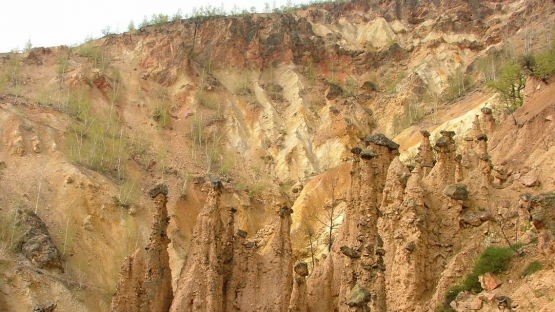Along the slopes of Radan Mountain in southern Serbia, tourists are attracted to an atypical sight of rock formations. In Djavolja Varos (Devil’s Town), about 200 pillar-shaped rocks dot the landscape. While local myths recognize the unusual formations that stand 2 to 15 meters high and 4 to 6 meters wide as the work of devils, science explains the natural phenomenon with erosion.
The Balkans, just like the entire Mediterranean area, is erosion prone. Devil’s Town is a visible reminder of nature’s formidable power. High intensity rainfall compounded with deforestation of mountainous areas have led to more recent soil erosion that affects not only cultivated land, but also grassland and evergreen shrub ecosystems.
“Soil erosion by water presents an important problem in Serbia resulting in degradation of the soil resources, reducing soil fertility and agricultural production,” said Snezana Dragovic, Full Research Professor at the Vinca Institute for Nuclear Sciences, University of Belgrade. “The conversion of pastures to arable land enhances this problem, and there is an increasing need for obtaining reliable information on soil erosion rates.”







